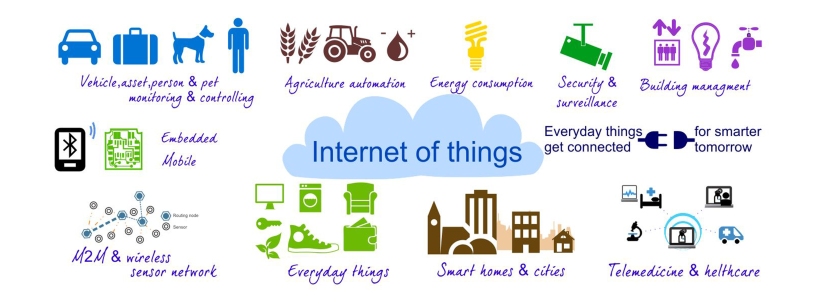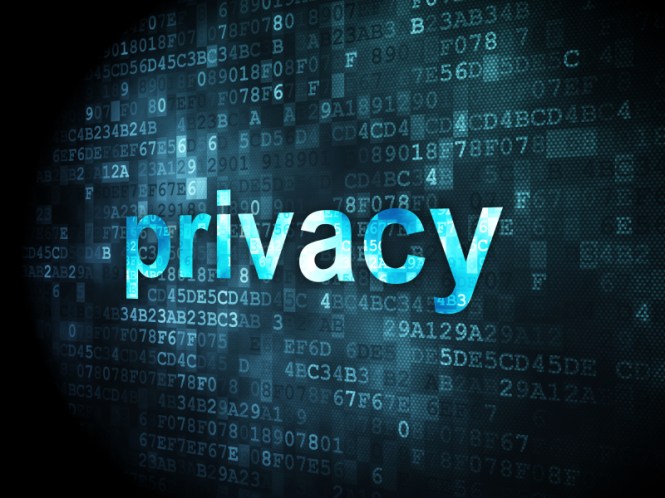
![]()
I have spent time at NIST studying the Internet of Things since my last post on it. There are some new things to share including this video from the National Institute of Standards. NIST.
What is the Internet of Things (IoT) and how can we secure it?
Video https://cdnapisec.kaltura.com/index.php/extwidget/preview/partner_id/684682
So you may think well what has that got to do with me? I don’t care about IoT is what a lot of people say initially until they learn more.
Oh Yawn…some would still say!
How about this headline?
A company that sells “smart” teddy bears leaked 800,000 user account credentials—and then hackers locked it and held it for ransom.
Internet of Things Examples
Mostly people care about personal uses:
These are a few of the examples on the link
Remember to take your meds
Monitor an aging family member
Check on the Baby
Stay Out of the Doctor’s Office

YOUR CITY
Engage with the data exhaust produced from your city and neighborhood
Light streets more effectively
Monitoring flooding
There are many examples to show how IoT can affect you personally.

“In the next century, planet earth will don an electronic skin.
It will use the Internet as a scaffold to support and transmit its sensations.” – Neil Gross 1999
IoT solutions can be built for large amount of application areas. In manufacturing industry sector even a new concept has been created to describe the new generation IoT enhanced manufacturing: Industry 4.0. IoT can essentially improve manufacturing process monitoring, analyzing, optimizing and managing. In healthcare sector wristbands connected with smartphones can tell heartbeat rate, steps taken and sleep pattern to encourage healthier behavior. Energy consumption of buildings can be controlled intelligent ways. There are even developed fridges which can send the content information to the user’s mobile phone.
In logistics IoT is widely in use and will spread to new logistics application areas in the future. Traffic infrastructure has lots of data collecting points. This data can be used to help traffic control centers and infrastructure users to have real-time information on congestions, weather conditions, accidents etc. Vehicles’ and vessels’ movements can be monitored by location technologies and forwarded as estimated time of arrivals for the waiting customers. Load space and cargo temperatures can be remote monitored and if exceptions arise, the drivers or other users will be notified.
One of the most advanced new logistics IoT solutions is for waste collect transportation. The garbage bins have sensors which measure the free capacities of the bins. The system calculates the predicted time when the bin should be emptied. This information is sent to the route optimization program which produces the schedules and routes for the garbage truck drives.
Maintenance needs and driving of vehicles, forklifts and cranes can be monitored by IoT. Measuring can produce information on economical driving, safety, failures, performance etc. Based on this information the amount and models of machines or vehicles can be optimized, safer driving can be enhanced, work tasks can be optimized and many other improvements can be reached. Also emissions reducing have a big role and there is a need to collect reporting for greener logistics. Congestions increase harmful emissions and waste time – the data collected from navigators can dynamically produce alternative route options for users to select less crowded roads.
There have been large tests to monitor sea containers using boxes which can send for example location, temperature, humidity, movement shocks and door opening data to the shipment controller. This data helps with operation scheduling and risk management. There have been also pilot application where food packages have had sensors to monitor possible contamination risks. The sensor communicates with the back-end system using radio waves (rfid tag) and RFID technology is one the key enabling technologies in logistics IoT solutions.
Sensor systems can produce data several times per second, thus cumulating data amounts can become very large. Sometimes it’s reasonable to use big data –methods to store, handle and analyze data. Also the role of artificial intelligence technologies can help to find relevant information from IoT data. For example heart health can be evaluated using ECG curve analysis and instead of doctor the interpretation of the curve is done by intelligent algorithms. IoT applications can be taken into use as cloud solutions where the users see reporting results using web or mobile applications. Different kind of technical IoT platforms, devices and ecosystems have also developed rapidly and building applications is now faster and easier than in the past. On the other hand security risks have become real challenges because many IoT solutions were originally thought to be used in closed network and not in open Internet. Source;
Oh Boring…some would still say!
Look at Education for the Future. We need to be aware of the excellence of ideas but also help oarrents and caregivers monitor and manage the relationship that their families have with media.
IOT is already here.
Click the link above!!




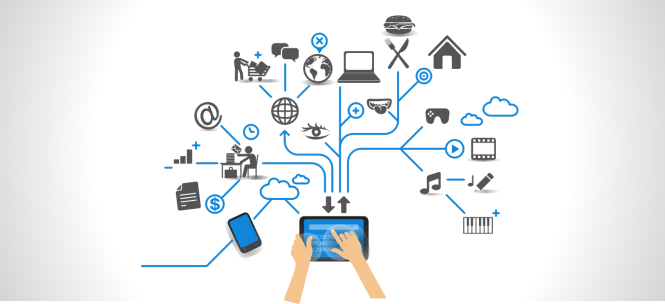



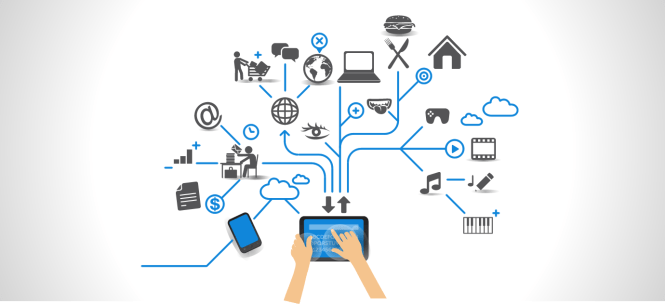
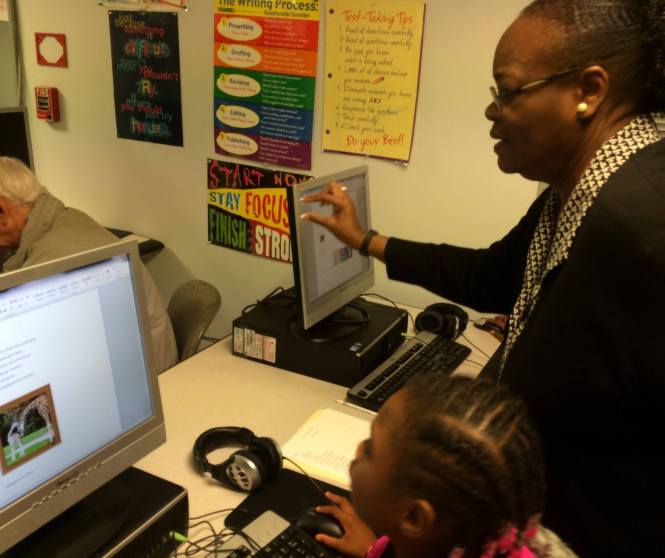 It is way past the year 2000. If you look around in your community, who is online and who is not? Who is meaningfully on line ? Who is coding, who is keyboarding while we in technology have moved on to new ways of working and new technologies.
It is way past the year 2000. If you look around in your community, who is online and who is not? Who is meaningfully on line ? Who is coding, who is keyboarding while we in technology have moved on to new ways of working and new technologies.
 The empowerment of the groups that are being left behind are addressed by leadership initiatives, such as that lead by Dr. Paul Resta and Dr. Robert McLaughlin.
The empowerment of the groups that are being left behind are addressed by leadership initiatives, such as that lead by Dr. Paul Resta and Dr. Robert McLaughlin. 


